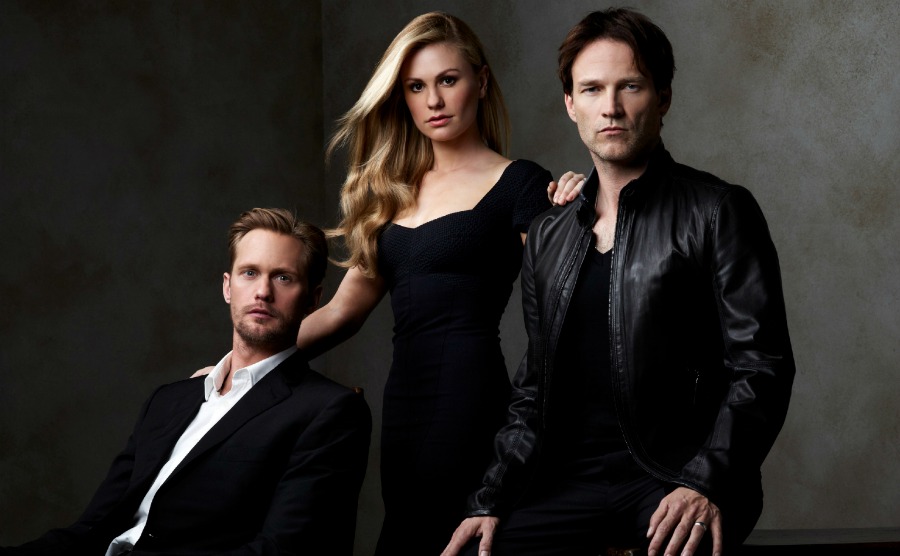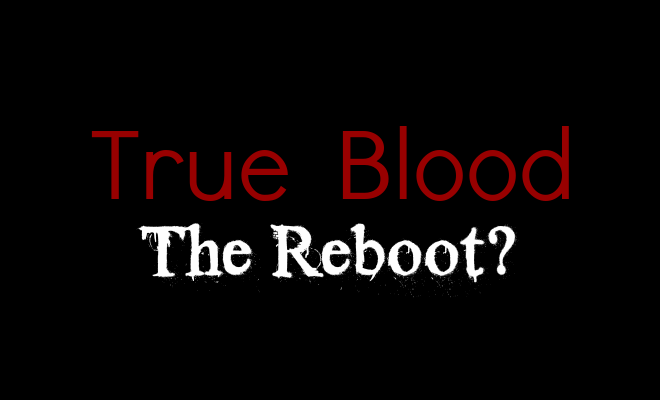Mythology: Masks and Costumes in Religious Ritual
The use of masks and costumes in religious ritual are as old as mankind. Even now, priests and pastors of all creeds set aside special clothing for religious services, even if it it just the good old Sunday suit. In ancient times, the priests and priestesses donned the clothes they felt were representative of the gods. Masks were especially important because the religious leader was not just the representative of the god, but became the god himself and he was the final authority in things having to do with the health and well being of the community, spiritually and temporally.
Because early people saw their gods in animal aspects, the gods were represented by the animals they knew. And as people became a bit more sophisticated, they began to imagine that the god was both man and beast and endowed them with epic powers and abilities. To encourage the devotion of the people, the people were encouraged to don masks as well as they worshiped the divine, inviting the gods to recognize themselves in the faithful. To be recognized was to be embraced by the god and have union with him in the ritual.
Egyptians all attributed both natural and supernatural aspects to their gods and many of their gods were human with animal heads. Bastet, Anubis, Horus, Thoth, Ptah, Sekmet, they all had animal heads and all ruled different aspects of people’s lives. And during the complex rituals of fertility, birth, and death, the priests wore masks and vestments in various colors to show their devotion to the gods.
In Africa and Asia, the masks were not just to invite the gods among them but to frighten away evil spirits. There the guardians of the faithful could take on horrifying aspects, designed to put the fear of the gods into the evil around the ceremony and the participants. They were also able to frighten the less than faithful into thinking about their souls and their devotion to the gods. If you were not a good follower, you could expect to be visited by one of these guardians who would put you in your place.
In Northern Europe, masks were used as a part of rituals connected with shamanism who relied heavily on the imagery of things of nature. Because their gods reflected the forces of nature, it was not uncommon to see masks that had abstract shape representations to illustrate such forces as wind and rain and lightening and snow. The gods also represented the four seasons, the four directions and the four elements, so understanding the subtleties of the culture and their use of symbol was important to understanding their spiritual lives.
In America, the Native Americans also donned elaborate masks and regalia to commune with their gods. And the costumes and the material from which they were made were sacred. Even today, during a pow wow, if a feather falls from a ceremonial costume, the dancing is stopped until the feather can be retrieved and the audience is asked for their patience. And in North America, only Native Americans can legally possess feathers from the bald eagle. The eagle is so rare and so sacred to the native people, that each eagle found dead is carefully registered, each feather carefully numbered and evenly distributed among the principal chiefs of each tribe to be given to worthy members of the tribe. People are asked to leave foundling feathers alone or ask that they be brought to the park station for documentation and registration and distribution to the Native people of America.
In modern times, we still see vestiges of the use of mask and vestments in religion. Orthodox Jews have special shawls, robes and accouterments to distinguish themselves in the presence of the congregation. Orthodox Catholics wear habits and robes and head gear different from Roman Catholics. Certain religious fraternities don hooded masks that in other parts of the world would be quite frightening and misunderstood. And Modern Pagans, of course still honor their notion of the divine with masks and costumes and pageantry.
Source: Egypt and Ancient Religions by Hounan Answari, The Dance of the Pagans by Jonathon Leap, Pageantry and Paganism of Ancient Rome and Greece by Andrew Singleton, Religions of the World by Arthur Jennings, Judaism and Orthodoxy by Rabbi Israel Cohen.





